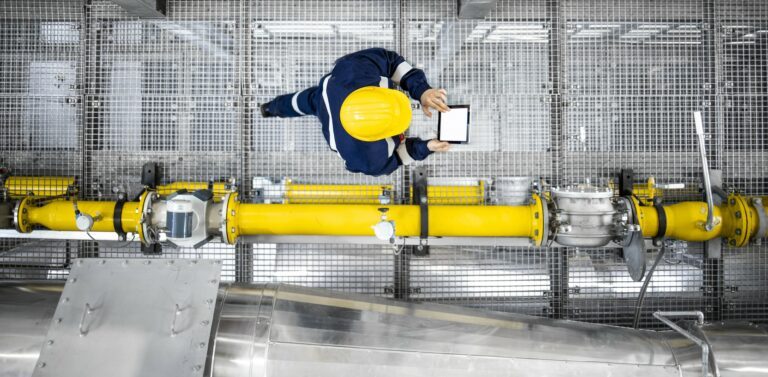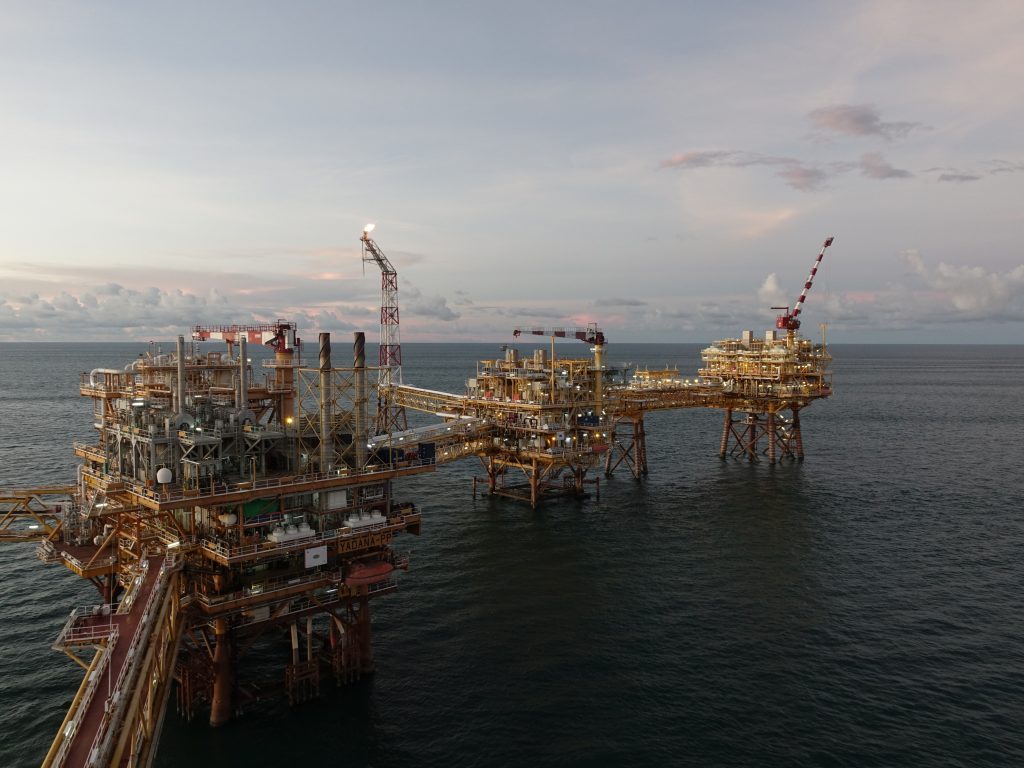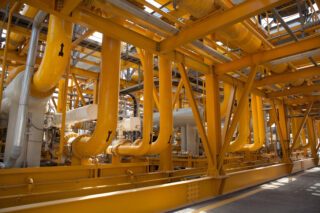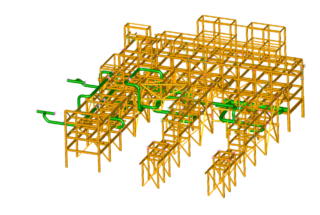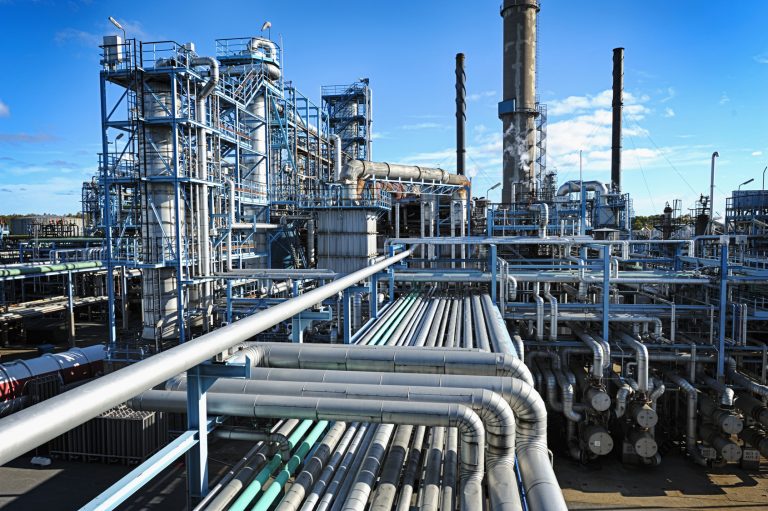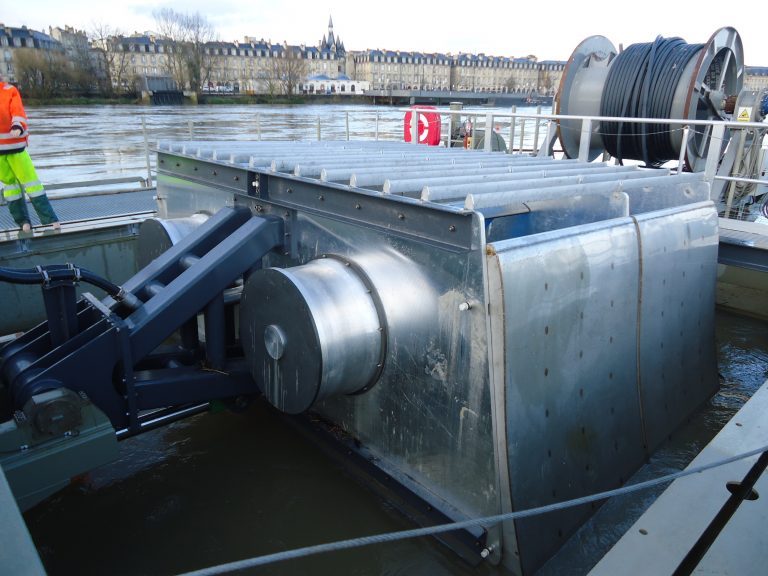While rotating equipment design has been constantly improved over the years and vibrations are less often a major issue, piping vibrations are more frequently the weak point of Oil&Gas facilities.
Piping vibration can lead to severe damage on main lines & auxiliary systems (small bore, thermowell, etc.) and can induce cracks & leaks, leading to heavy maintenance and even installation shutdown. Proper understanding of the phenomena at stake is essential to prevent & / or mitigate these risks. Vibratec is a world-class expert that can help you keep your major piping vibration issues under control.

